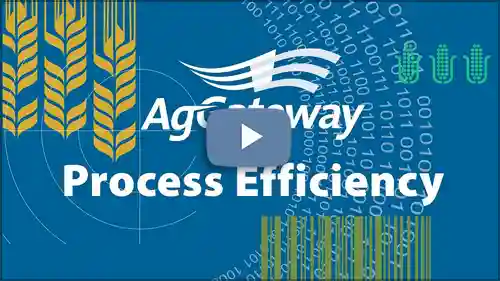1. Per-Minute Pricing
Concept: Charging a fixed price for each minute of finished video.
Pros: Simple to understand, easy for clients to estimate costs.
Cons: Doesn't account for complexity, can incentivize studios to cut corners on quality to reduce length. Not ideal for very short or very long videos.
Best For: Projects with a relatively standard level of complexity and a defined length.
2. Project-Based Pricing
Concept: Quoting a fixed price for the entire project, regardless of length. This price is based on the estimated time, resources, and complexity involved.
Pros: Provides price certainty for the client, allows for more flexibility in creative execution.
Cons: Requires accurate estimation, risk of cost overruns if scope changes.
Best For: Projects with varying complexity, where the value is in the overall result rather than just the length.
3. Tiered Pricing
Concept: Offering different packages with varying levels of service, features, and complexity at different price points. (e.g., Basic, Standard, Premium).
Pros: Caters to different budgets, allows clients to choose the level of service they need.
Cons: Can be challenging to define clear distinctions between tiers, may lead to "feature creep."
Best For: Companies offering a range of services, from basic explainer videos to highly customized productions.
4. Value-Based Pricing
Concept: Pricing based on the perceived value the video will bring to the client (e.g., increased conversions, brand awareness).
Pros: Can command higher prices if the value is clearly demonstrated.
Cons: Difficult to quantify value, requires strong sales and marketing skills.
Best For: Projects where the ROI is clear and measurable, and the studio has a proven track record.
5. Hourly Rate Pricing
Concept: Charging an hourly rate for the time spent on the project.
Pros: Good for smaller projects or when the scope is unclear.
Cons: Difficult for clients to estimate the total cost, can disincentivize efficiency.
Best For: Projects with a very fluid scope or when the client requires ongoing revisions.
Factors Affecting Pricing (Regardless of Model)
- Animation Style: 3D animation is generally more expensive than 2D or whiteboard animation.
- Video Length: Longer videos typically cost more.
- Complexity: More complex animations, with detailed characters, backgrounds, and effects, will be more expensive.
- Voiceover: Professional voiceover talent adds to the cost.
- Music and Sound Effects: Licensing music and sound effects can be an additional expense.
- Number of Revisions: More revisions will increase the cost.
- Studio Experience and Reputation: Established studios with a strong portfolio can command higher prices.
The Bottom Line? Don't just look at the price tag. Think about what you're getting for your money, and choose a pricing model that fits your project and budget. And always, always ask questions! You’re investing in your business, so make sure it's the right fit.










